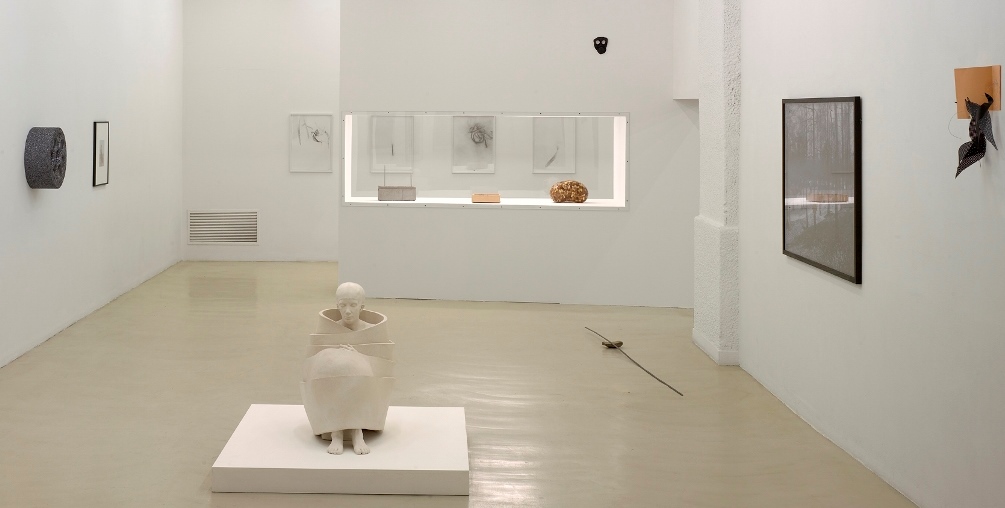
Chris Sharp: My Father Figures
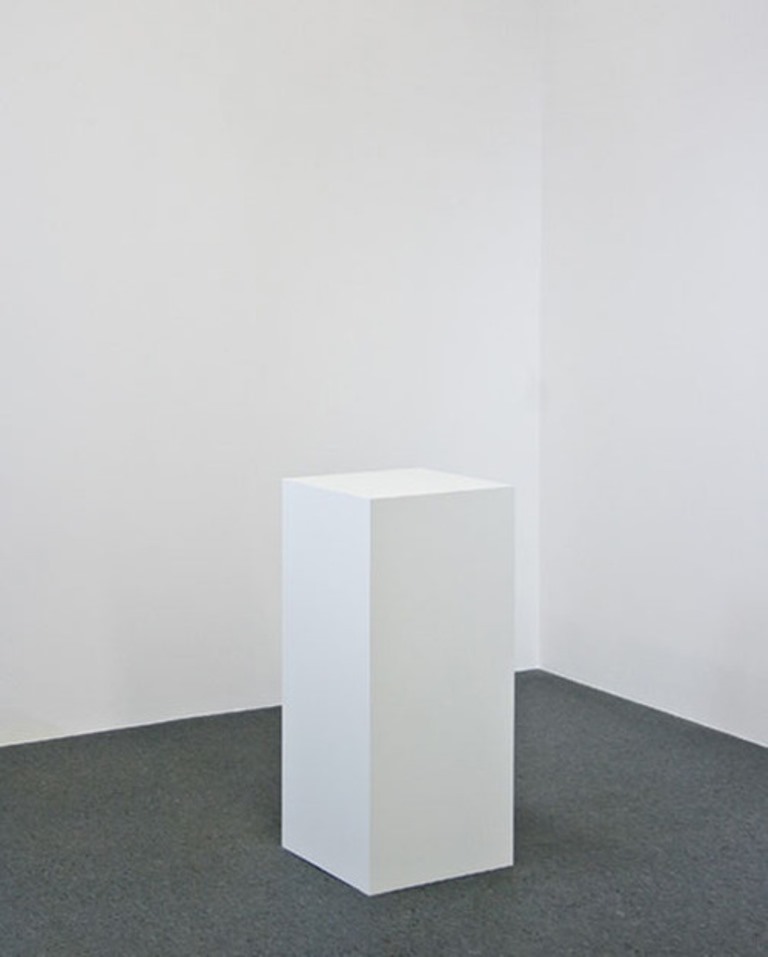
My first reaction to the prompt of the father figure is to try and think exclusively of women. Unfortunately, those who have influenced me the most as a curator and a writer happen to be mostly men. The Ralph Rugoff of CCA Wattis is probably the curator I respect and admire the most– his exhibition A Brief History of Invisible Art (2006) being a revelation for me. Although clearly an exhibition d’auteur, the show is not about Rugoff or his ideas so much as it is about art. At his best, he strikes a perfect balance between auteur-style curating, great writing (mediating), and a genuine engagement with what he is exhibiting. It was the Italian curator Simone Menegoi who made me understand the significance of “the personal” (in both curating and art making), without which, contrary to popular opinion, I believe there can be no great art or great curating. Or to put it otherwise: “Syntax is a faculty of the soul”– Paul Valéry.

By the same token, the evangelical tenacity of the lunatic visionary curator/director of Culturgest, Miguel Wandschneider and group exhibitions of Claire Le Restif, most notably Le travail de rivière (2009) at Credac in Ivry-sur-seine, helped me appreciate the value of the idiosyncratic (in an age when art and curating are increasingly expected to rationally behave like science, sociology, or anthropology, such heretical practices are crucial).
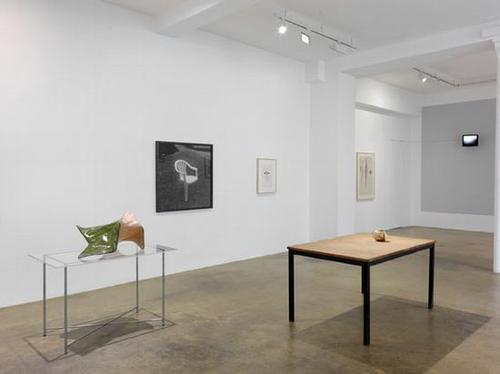
Perhaps even more significant in this respect are the solo exhibitions of the French artist Jean-Luc Moulène. His solo at the galerie Chantal Crousel, Ce que j’ai (2009) is one of the greatest exhibitions I have ever seen– by virtue of its exemplary formal diversity (drawing, sculpture, photography, and video) and its perversity. While nevertheless being wholly committed to the plasticity of art making, Moulène’s work is essentially and always wrong. Just wrong. Speaking of wrong, I have also seen Bob Nickas commit sins of exquisite curatorial wrongdoing, such as placing a gilded junk sculpture by John Miller on top of a peacock feather floor piece by Carol Bove, which created an image that touched my soul and never left me.
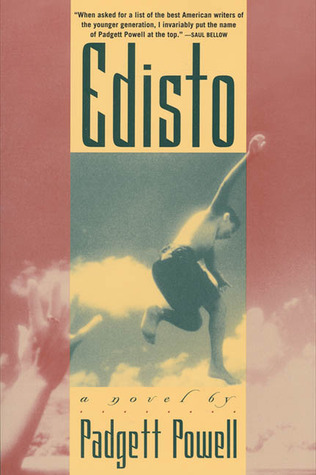
All that said, my main father figures, as it were, do not come from art, but from literature. From Nabokov I acquired a relish of the texture of language and a general, very unfashionable mistrust of topicality (which applies more to art than to curating). From the short story writer Donald Barthelme– who actually did a brief stint as director and curator at the Contemporary Arts Museum in Houston in the ‘50s– a primordial faith in the power of formal invention and its capacity for spiritual renewal, a corresponding antipathy and intolerance of platitudes, and the indispensability of affect (as much could be said, to varying degrees of the work of Georges Perec and, formally, Alain Robbe-Grillet, as well as the poets John Ashbery, Frank O’Hara and Ted Berrigan, whose very ‘curatorial’ “Sonnets” [1964] posses an inexhaustible beauty). And by affect, I mean, the art of heart breaking, as per a well-known anecdote about Donald Barthelme. It is recounted by one of his former students, the writer Padget Powell who studied with Barthelme in Houston (and who’s novel Edisto [1984] is a minor masterpiece). “We have wacky mode,” Powell remembers Barthelme saying to his class, a writing workshop Powell was taking. “What must wacky mode do?” The students, clueless, stayed quiet. Barthelme said, “Break their hearts.”
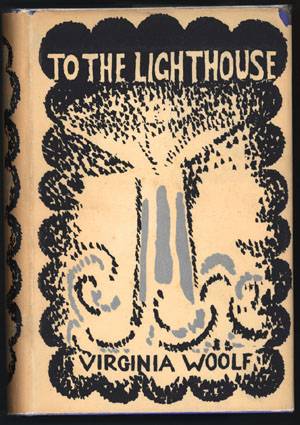
From Virginia Woolf, rhythm and, most importantly, compassion– because hearts are indeed breakable and they get broken all the time. To The Lighthouse (1927) remains for me the artistic and literary paragon of compassion. I understand that compassion is one of the specific domains of literature, but the further along I proceed in contemporary art the more I realize that the work that excites me is in fact more motivated by a will to understand than to condemn. Indeed, to this end I am always happy to be reminded by the American poet Eileen Myles that:
Everybody
has one missing piece
and all the beauty’s
about it.
Chris Sharp is a writer and curator, currently co-director of Lulu in Mexico City
DIT ARTIKEL IS GEPUBLICEERD IN METROPOLIS M Nr 2-2016 WHO’S YOUR DADDY AND WHAT DOES HE DO? LEES OOK AL HET ANDERE EERBETOON AAN DE VADERFIGUUR IN:
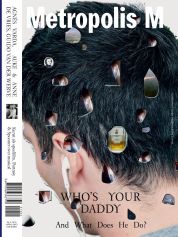
NU IN DE WINKEL. OF BESTEL [email protected]
OOK VERKRIJGBAAR OP AMSTERDAM ART FAIR . KOM NAAR ONZE STAND BIJ HET RESTAURANT EN KOOP OUDE NUMMERS VOOR EEN SPOTPRIJS
Chris Sharp


